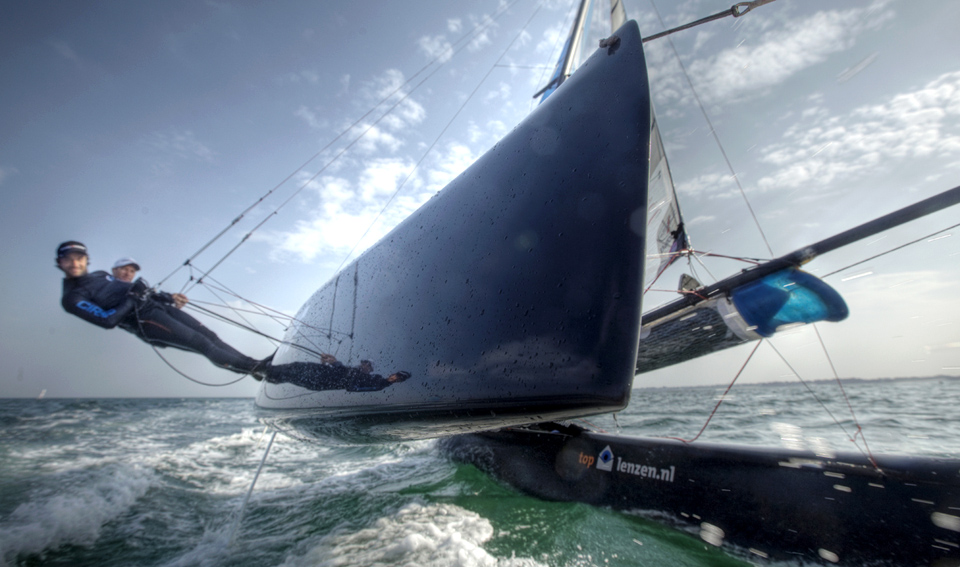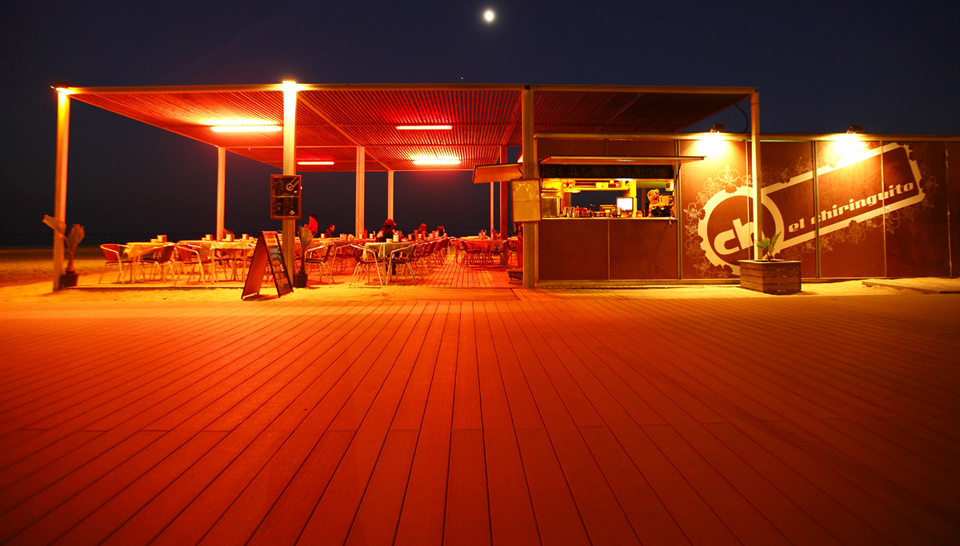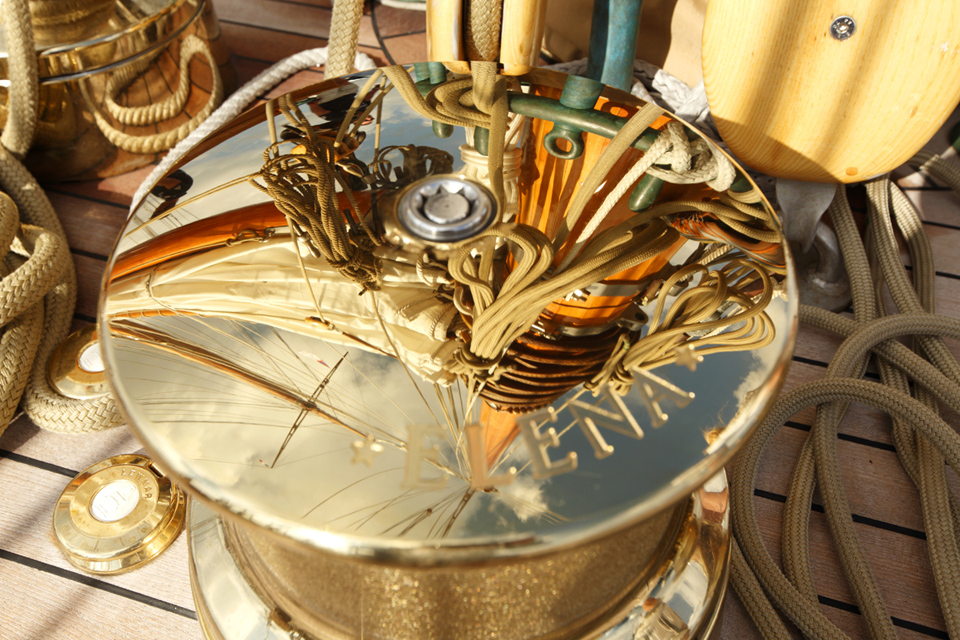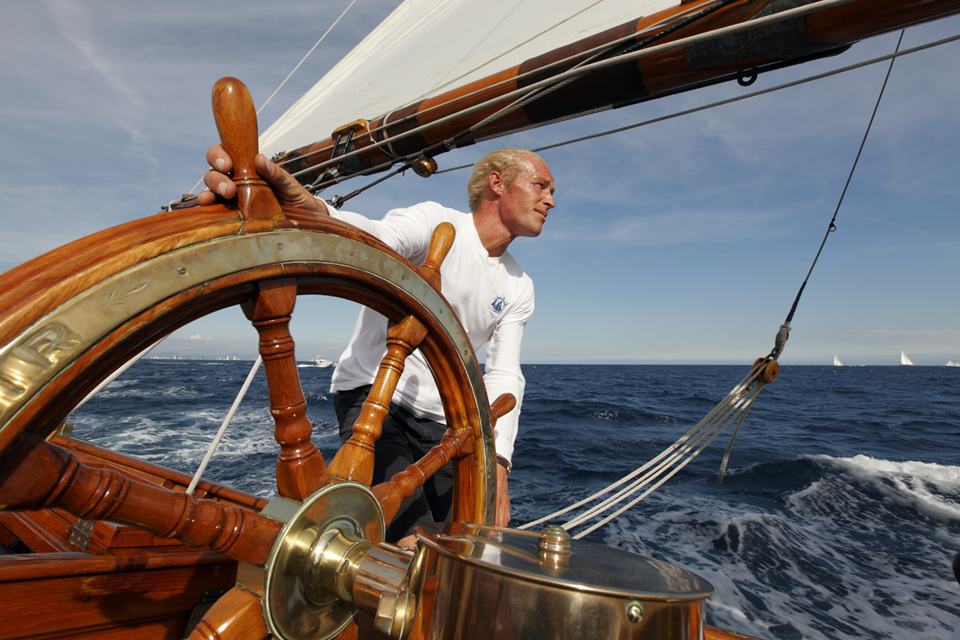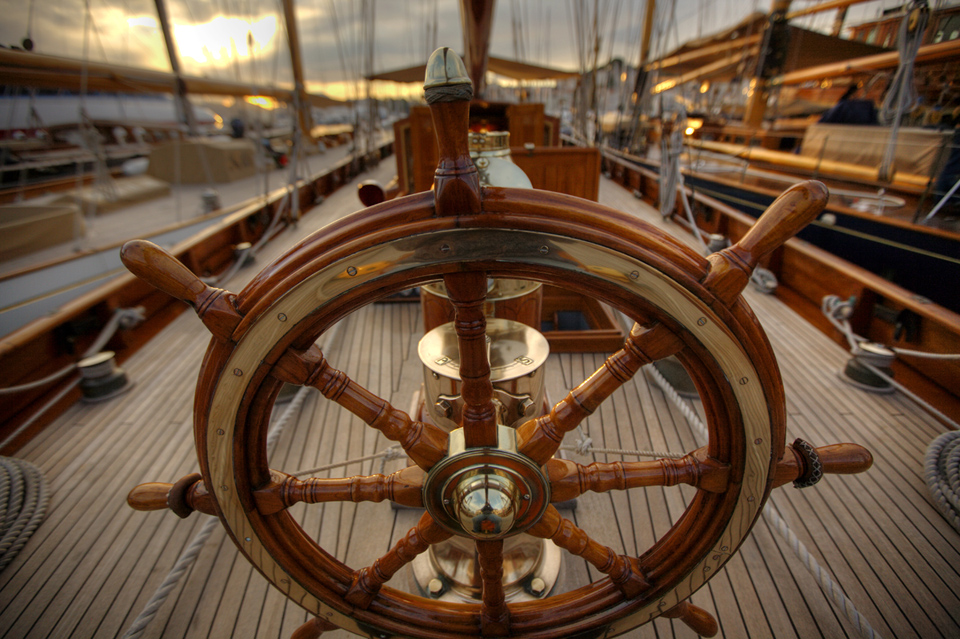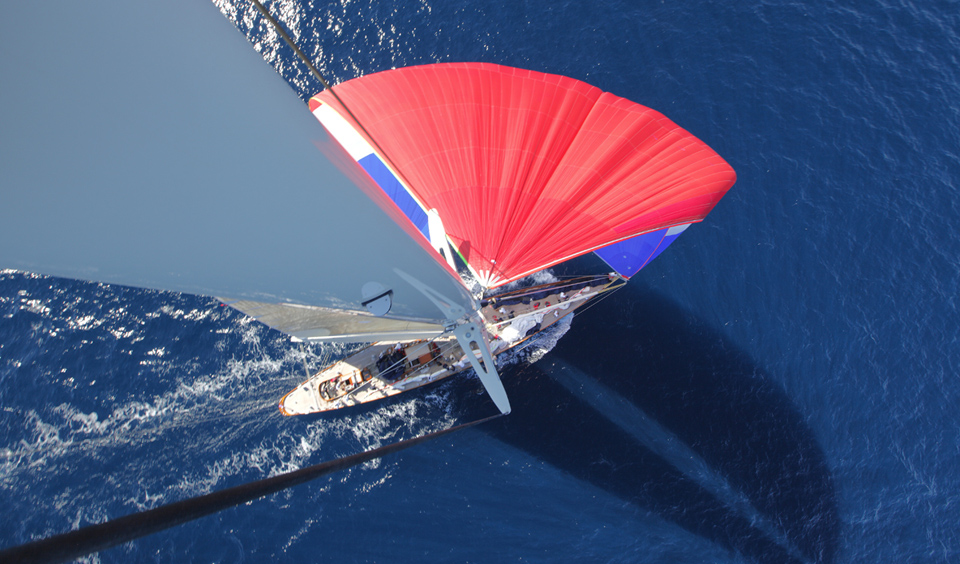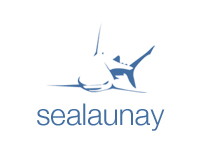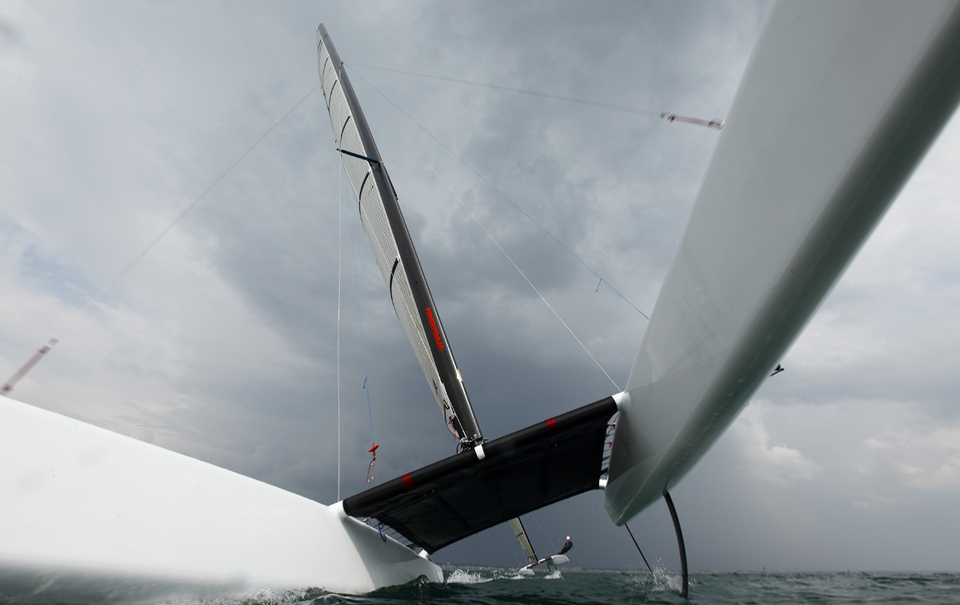 “Multihull sailing legends Loïck and Bruno Peyron of Energy Team France enjoy an A Class catamaran session on their home bay of La Baule in preparation for their Challenge for the 34th America’s Cup”.
“Multihull sailing legends Loïck and Bruno Peyron of Energy Team France enjoy an A Class catamaran session on their home bay of La Baule in preparation for their Challenge for the 34th America’s Cup”. 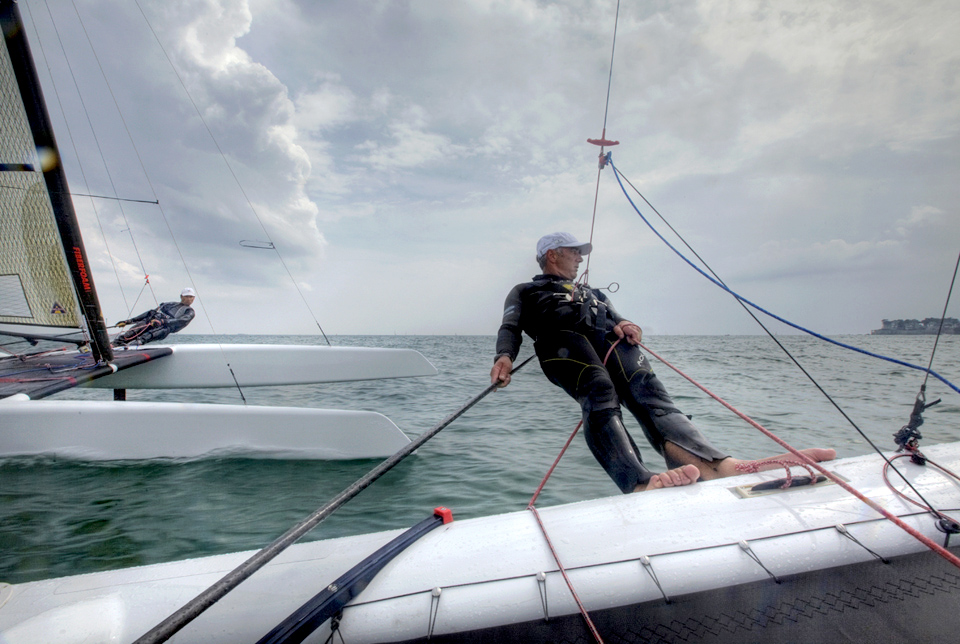
Posts tagged coastal
Apr 11
Earth Day
Global
 Earth Day, photographer Christophe Launay is suggesting something easy but imperative: “Don’t Be a Tosser.” (Readers in Commonwealth countries will find this an especially funny and easy-to-remember phrase. ) Basically, don’t be a wanker. Quit chucking your trash overboard.
Earth Day, photographer Christophe Launay is suggesting something easy but imperative: “Don’t Be a Tosser.” (Readers in Commonwealth countries will find this an especially funny and easy-to-remember phrase. ) Basically, don’t be a wanker. Quit chucking your trash overboard.
An artistically shocking collection of photographs from his recent travels in Australia, France and Morocco document persistent water pollution. The captions contain some ugly facts, opinion and also some radical new concepts in the future of ‘Green’.
1. Don’t just stand there, collect the seaweed. Generations of coastal farmers have used fresh and dried seaweed for compost acceleration, as fertilizer and for pest control. Also, since most algae is fast growing, the Austrian firm Eoos last year introduced at a Tokyo designer’s week their proposal for a house that produces its own energy with a rooftop tank full of algae.
Read more at: http://www.houseofsalesinc.com/organa/fine_gardening_magazine.htm
http://www.eoos.com/cms/index.php?id=201
2. We know what not to do. “An old semi-retired designer, sermonizing on the social responsibility of the design profession, is sort of like a reformed prostitute testifying at a church revival meeting,” wrote Budd Steinhilber in the summer 1990 issue of Innovation, the Industrial Designers Society of America. That issue was entitled The Environment: The Forgotten Client.
Some people are designing with the waste stream in mind, but the focus has become the 1% of recovered plastics…what about all the rest that blows overboard, that’s tossed overboard or incorrectly separated for recycling?
Within the U.S. soft drink industry the amount of plastic containers has gone from zero in the mid 1970s to 10 billion in 1999. Never mind that some of these blow-molded bottles are recyclable, in a bin or landfill, they are not biodegradable in the sea. It’s fairly well established that at best recycling is band-aid, at worst, well, it’s worse.
So, dispose of your onboard plastics, metals, and cleaning products appropriately…and let’s seek alternatives. Some sustainable products at: http://www.podsnpeels.com/store/
3. Dead fish floating. The U.S. Forest Service first introduced “Give a hoot, Don’t pollute” over 35 years ago…this has now morphed into “Lend a Hand – Care for the Land.” How are we looking on the water? Next time you’re cleaning your boat consider natural cleaning solutions where possible, and watch what you dump overboard.
Will high gas prices drive us to find more radical environmental solutions?
Like… working the desert into electricity-generating land with concentrated solar power and sea-water desalination. The Future of Green section in the May 2011 issue of Azure Magazine, highlights that the first portable desalination unit in a 20cm chip is heading to market within a year.
So it’s not all doom and gloom, let’s get excited about the energy revolution. Reassess societal values: disposability, innovations that fight climate change, or work with it, ought to be imperative. We can create clean fuels, and no, wind turbines are not the panacea, we know this! Business owners, designers, consumers…choose, demand and create the biodegradable/compostable solutions.
http://www.azuremagazine.com/
4. Seriously, plastic bottles and bags overboard? Come on.
We’re wondering, (is anybody else?), that perhaps oil is under our feet for a reason. Rather than for our cars and factories, the petrol is here for stabilizing the earth. The more oil that is extracted from under the earth’s surface the more destabilization will induce enormous earthquakes. Could the oil underground be a necessary a shock absorber? Without that fluid protection between the core and the coating the more friction there is below. As we’ve seen in New Jersey, at Chernobyl, and now in Japan, nuclear doesn’t seem so safe after all, let’s keep looking.
Can we better control the appetite of our demand for oil? Is it enough to aim for more efficient transfer stations, consumer recycling efforts, or like Bjarke Ingels and his proposed artificial ski slope/waste-to-energy plant? http://www.arcspace.com/architects/big/wastetoeneryplant/wastetoenergyplant.html
For now, using the plastics for beverages, and for cleaning and storage is unavoidable. However, check your labels or make a home brew from natural products. Here is a list of safer on-the-water applications: http://www.boatsafe.com/nauticalknowhow/vessel_cleaning.htm
Let’s aim for exciting new urban strategies to materials and waste, and on our own terms encourage multi-sectoral cooperation. For example, plant biologists are working with architects and engineers: synthetic biology studies how to build artificial biological systems for engineering applications, using many of the same tools and experimental techniques resulting in carbon-sequestering concrete and self-healing silicone. Maybe our plastics have an after-life we haven’t yet thought of? As sailors, who can we work with to clean up our waters?
Words: Trixie B. Wadson

Oct 10
Elena
Saint Tropez, France 43º13’70″N 6º42’42″E
Oct 10
Altair
Saint Tropez, France 43º16’42″N 6º38’48″E
Sep 10
Velsheda
Saint Tropez, France 43º16’54″N 6º42’43″E
Sep 10
Shamrock V
Saint Tropez, France 43º17’36″N 6º38’46″E
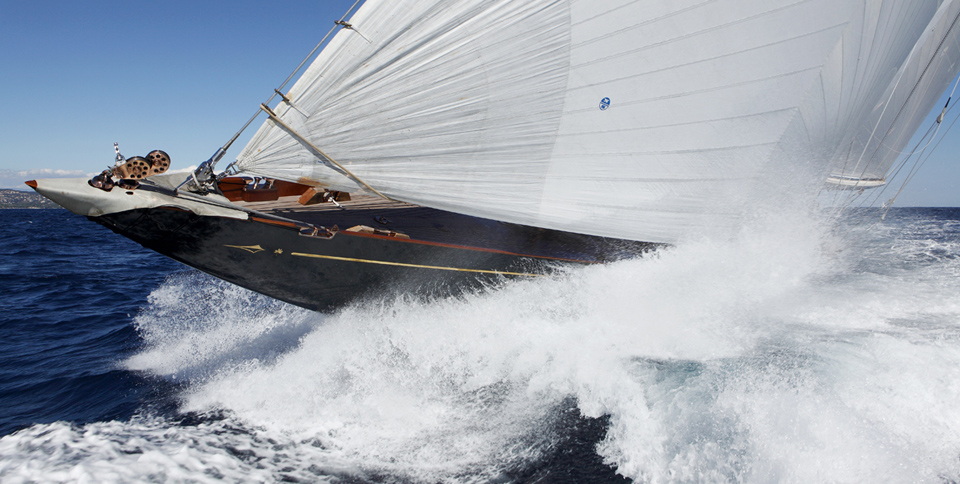 Shamrock V (JK3) during “Les Voiles de Saint Tropez”, France.
Shamrock V (JK3) during “Les Voiles de Saint Tropez”, France.
Shamrock V was built in 1930 for Sir Thomas Lipton’s fifth and last America’s Cup challenge. Designed by Nicholson, she was the first British yacht to be built to the new J Class Rule and is the only remaining J to have been built in wood.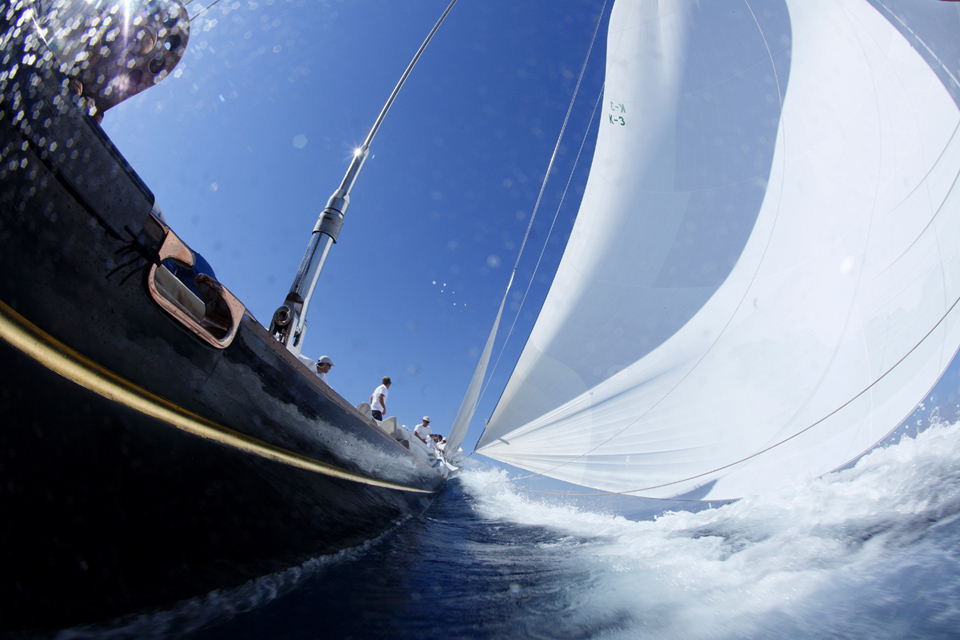
Sep 10
